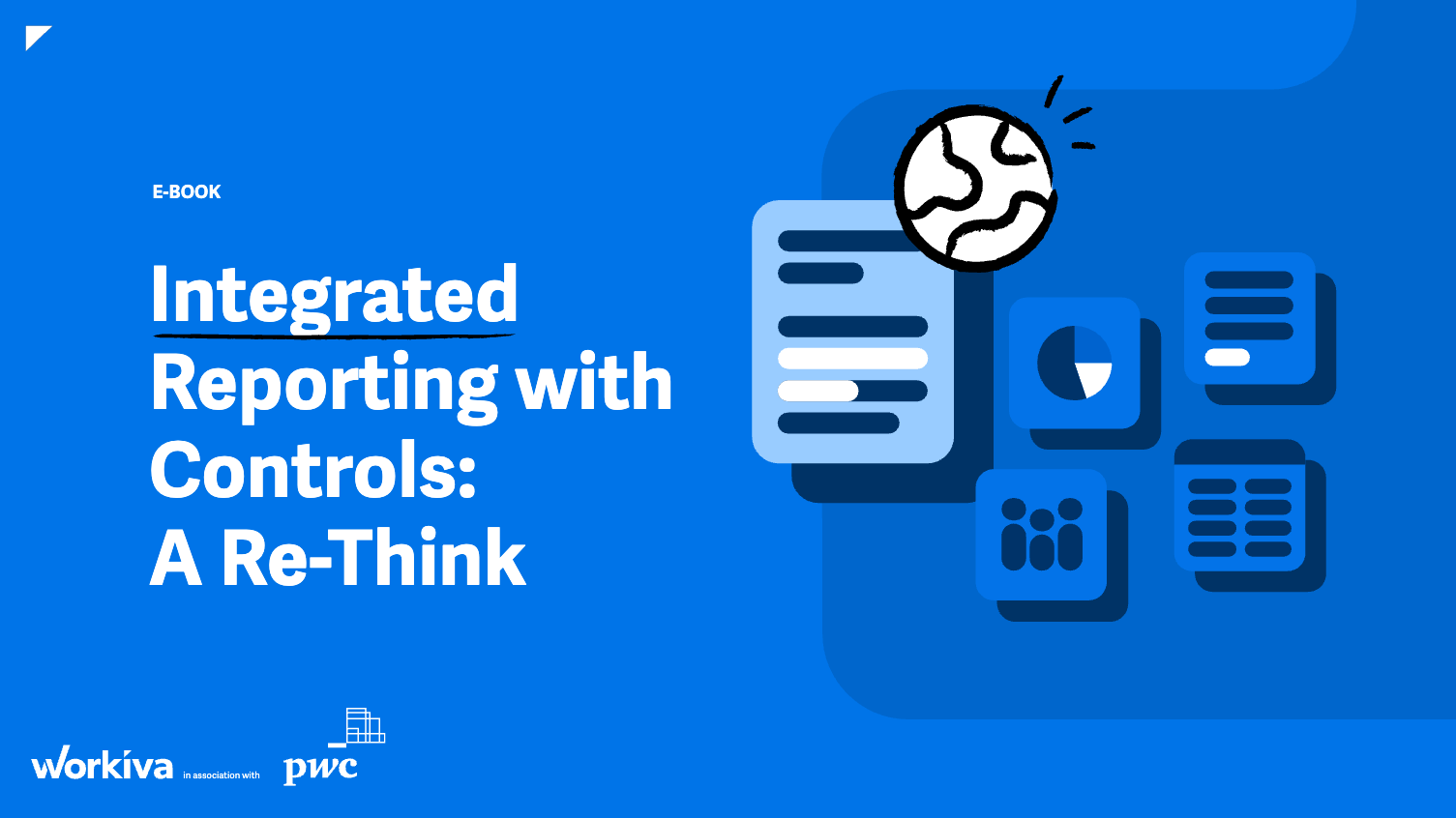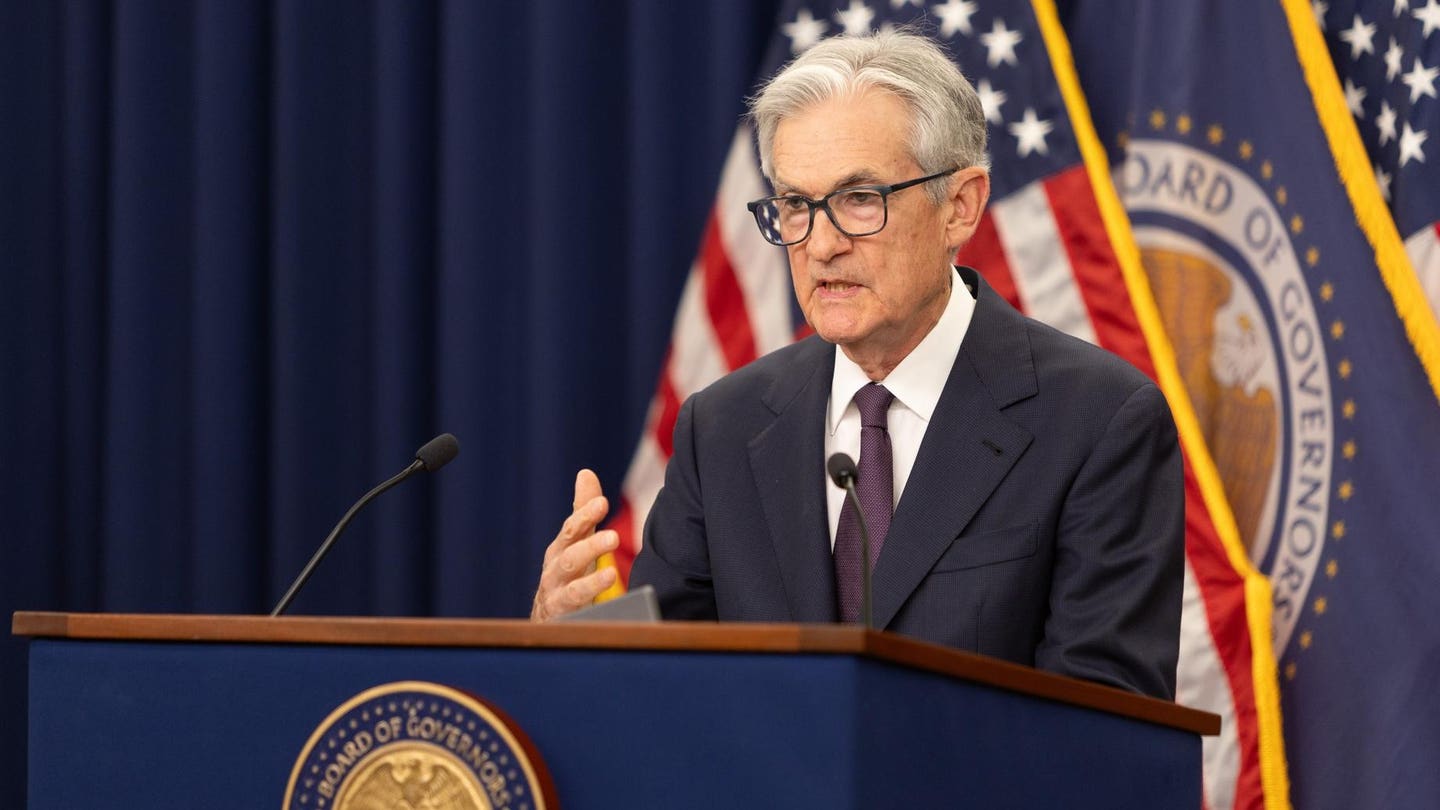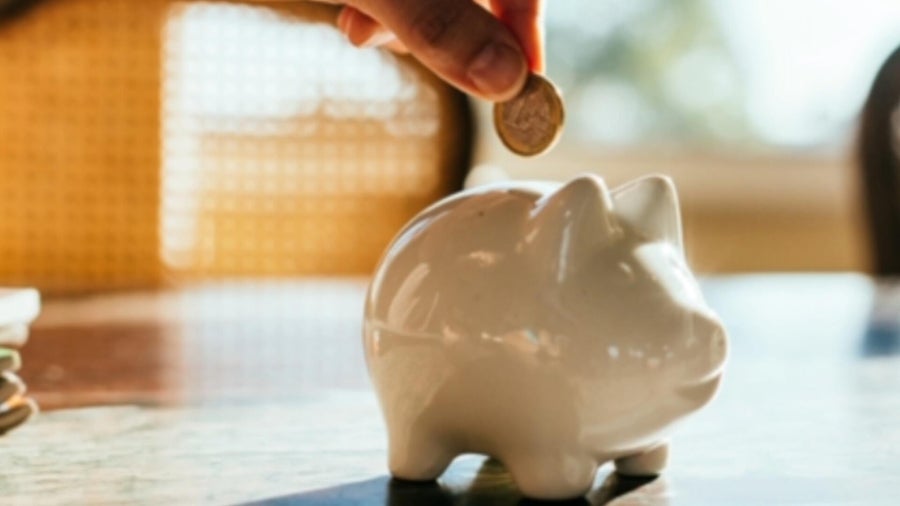For some American consumers, buy now, pay later (BNPL) loans have evolved from a financing option for high-cost items to a solution for everyday essentials like groceries. Tia Hodge recently experienced this shift while shopping at her local Kroger, where her bill approached $400. Utilizing the Klarna app, she converted her grocery expense into four manageable, interest-free payments of about $100 each.
“Food prices have skyrocketed,” stated Mrs. Hodge from Austell, Georgia. With a family of four, soon to be five, she meticulously plans her grocery spending around her cash flow and monthly obligations, including credit-card debt and student loans. Spreading the cost of groceries over several payments has significantly eased her family’s budgeting challenges.
The Growing Trend of BNPL for Essentials
Mrs. Hodge is among a growing number of consumers turning to BNPL services for daily necessities. According to a recent LendingTree survey, nearly 25% of consumers now use BNPL loans for grocery purchases, up from just 14% the previous year. This trend extends beyond groceries, with more Americans using these loans to cover recurring monthly expenses like electricity, heating, internet, and streaming services.
Consumers are also using BNPL for other routine expenses. Gasoline purchases can be split into installments, and even small food orders, such as a burrito or burger, can be paid over time. Social media platforms are abuzz with users sharing tips on leveraging short-term financing, even for rent payments.
Managing Cash Flow or a Sign of Financial Strain?
While many borrowers find BNPL a convenient way to manage cash flow, the increasing reliance on these services for basic needs raises concerns about financial stress among consumers. On one hand, the flexibility of BNPL plans helps families like the Hodges manage their budgets more effectively, allowing them to distribute financial burdens over time.
On the other hand, the necessity to finance day-to-day essentials might indicate deeper financial pressures. The convenience of BNPL could mask underlying financial instability, making it essential for consumers to use these services judiciously and ensure that they do not accumulate excessive debt.
The Role of BNPL Companies
BNPL providers like Klarna, Afterpay, and Affirm have expanded their offerings to meet the growing demand for financing everyday purchases. These companies are capitalizing on the increasing acceptance of BNPL services by partnering with a broader range of retailers, from grocery chains to utility companies.
This expansion reflects a shift in consumer behavior, with more individuals seeking flexible payment options that align with their financial circumstances. As BNPL becomes more mainstream, it is crucial for both consumers and providers to promote responsible borrowing and transparency in the terms of these loans.
The Future of BNPL
As the financial landscape continues to evolve, BNPL services are likely to remain a popular option for consumers seeking flexibility in their spending. However, the increased use of BNPL for essentials raises questions about its long-term sustainability and the financial health of users.
For consumers like Mrs. Hodge, BNPL offers a valuable tool for managing household expenses, providing relief in a time of rising costs. Yet, as more people turn to these services, it underscores the need for financial education and awareness to prevent potential pitfalls associated with short-term debt.
In conclusion, the rise of BNPL for everyday essentials is a testament to its growing influence in modern financial practices. Consumers, lenders, and policymakers must work together to ensure that this trend supports financial well-being and does not exacerbate financial vulnerabilities.
Note: This article is inspired by content from https://www.nytimes.com/2025/06/02/business/buy-now-pay-later-groceries.html. It has been rephrased for originality. Images are credited to the original source.







